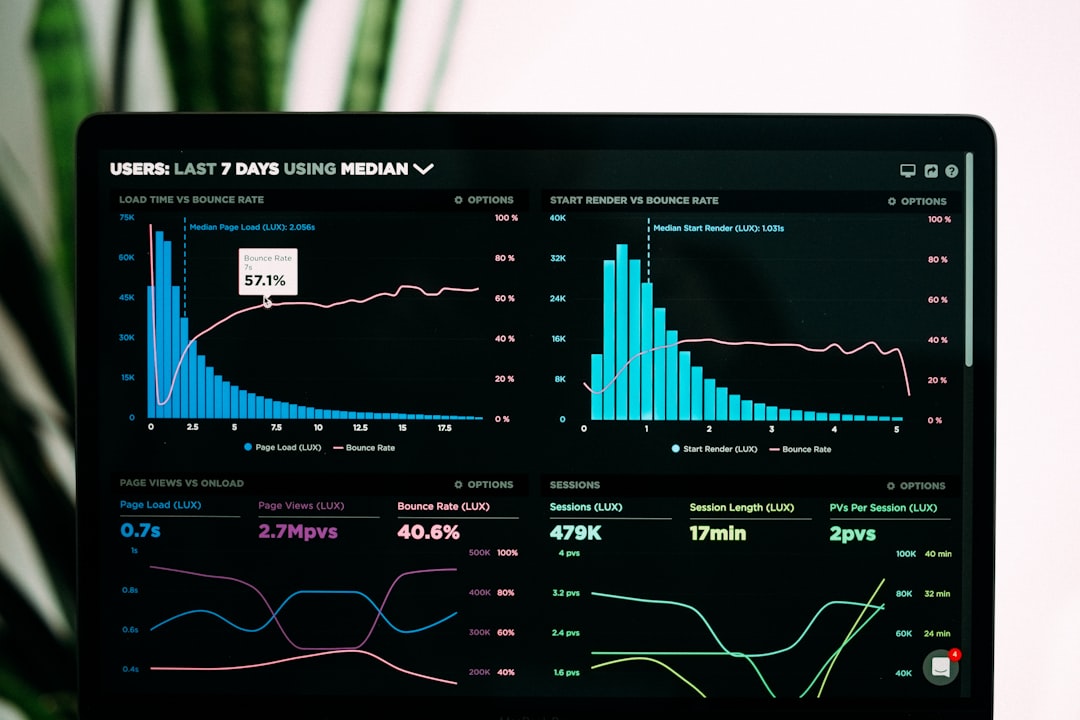Invoice processing is one of the most time-consuming and error-prone tasks in finance departments. Traditional manual methods involve handling paper documents, data entry, verification, and cross-checking—all of which increase the workload and the chances of mistakes. With the advent of AI-powered technologies, businesses can automate these processes through Intelligent Document Processing (IDP) to streamline operations and improve accuracy.
Intelligent Document Processing enables automatic extraction, interpretation, and validation of data from invoices by leveraging artificial intelligence, optical character recognition (OCR), and machine learning. By building an AI-powered invoice processing workflow, companies can cut costs, minimize errors, and reduce processing time significantly.
Key Components of an AI-Powered Invoice Processing Workflow
To effectively build an automated workflow using IDP, understanding its essential components is critical. Here’s an overview:
- Document Ingestion: Invoices are collected from various sources such as email, scanned documents, or enterprise systems.
- Preprocessing: The document quality is enhanced using techniques like de-skewing, noise removal, and text alignment to improve OCR results.
- Data Extraction: Using OCR to extract text, followed by AI models that understand key-value relationships such as invoice number, vendor, date, and amounts.
- Data Validation: Extracted data is compared with existing records or validated through business rules, reducing fraudulent or incorrect entries.
- Integration: Parsed and validated data is integrated into enterprise tools like ERPs, CRMs, or accounting software.

Steps to Build an AI-Powered Workflow Using IDP
Creating a successful workflow involves a combination of technology, strategic planning, and business knowledge. Below are the major steps:
1. Define Objectives
Begin with a clear understanding of what your business aims to achieve. Is the goal to reduce invoice processing time, lower error rates, or improve compliance? Pinpointing these objectives will help in configuring the right workflow parameters.
2. Choose the Right IDP Platform
Numerous IDP solutions offer AI capabilities tailored for finance departments. Some popular platforms include UiPath, ABBYY, Kofax, and Microsoft’s AI Builder. Choose a platform that supports customization, AI model training, and has easy integration capabilities.
3. Train AI Models with Sample Invoices
Feed the IDP tool with sample invoices from various vendors. These samples help train the AI model to recognize different formats, layouts, and field labels. Over time, the system becomes more accurate with increased exposure to document variability.
4. Implement Validation Rules
Validation is a key part of the pipeline, ensuring accuracy and fraud detection. Set up rules such as matching invoice numbers with PO records or flagging invoices with duplicate entries.

5. Automate Notifications and Exception Handling
Not all invoices will pass validation. Build a mechanism to notify stakeholders about missing or incorrect entries. Automatic task assignment and remediation workflows can help resolve issues faster.
6. Integrate with Business Systems
Connect the invoice data with backend systems including ERPs like SAP, Oracle, or Xero. Integration ensures seamless downstream processes like payment approvals, reporting, and auditing.
7. Monitor, Refine, and Scale
Once the workflow is deployed, monitor metrics such as accuracy rate, time-to-process, and exception volumes. Use this data to improve model performance and scale the solution to process other document types like purchase orders or receipts.
You may find it helpful to use Xero dashboards to track performance metrics, which can guide any adjustments needed to optimize the workflow
Benefits of AI-Powered Invoice Processing
Implementing this kind of workflow is not just about automation—it’s about transforming how finance operations work. Here are some benefits:
- Faster Turnaround: Reduce invoice processing time from days to minutes.
- Lower Costs: Cut manual labor and operational expenses.
- Improved Accuracy: AI can significantly lower the human error rate in data entry.
- Scalability: Handle growing volumes without hiring more staff.
- Enhanced Compliance: Automated audit trails and validations help meet regulatory requirements.
FAQ
- What is Intelligent Document Processing (IDP)?
- IDP is a technology that combines OCR, AI, and machine learning to extract and process information from structured and unstructured documents like invoices.
- Which businesses can benefit from AI-powered invoice workflows?
- Any organization that handles a large number of invoices—such as manufacturing, retail, healthcare, and IT services—can benefit from implementing AI-driven processing.
- How accurate is an IDP system?
- With proper training and validation, IDP systems can reach over 95% data accuracy, significantly higher than conventional OCR-only systems.
- Can IDP work with handwritten invoices?
- Some advanced IDP solutions can process semi-legible handwritten text, but accuracy may vary. It’s best suited for printed and digital text documents.
- Is it possible to customize the workflow for different vendors?
- Yes, modern platforms allow customization to recognize different formats and logic per vendor, improving precision over time.



